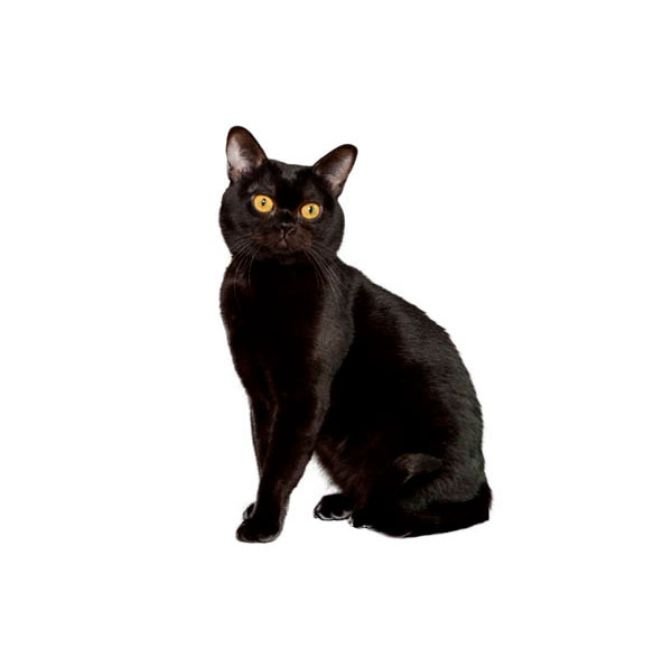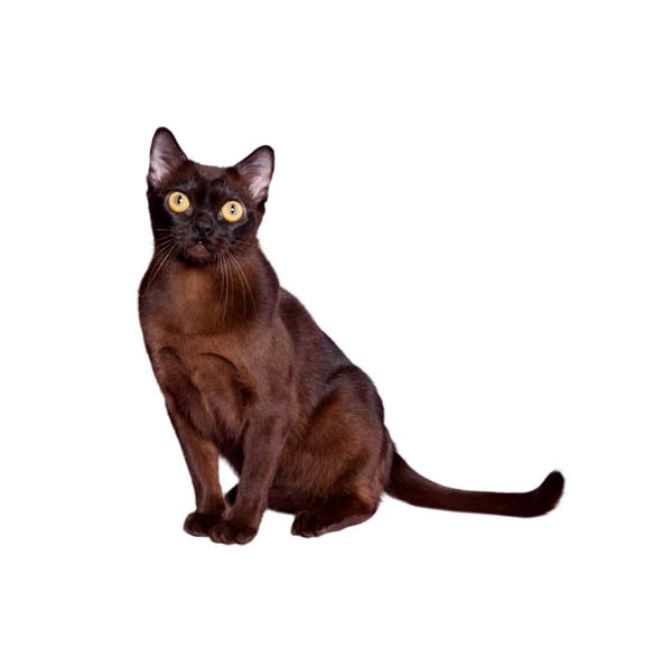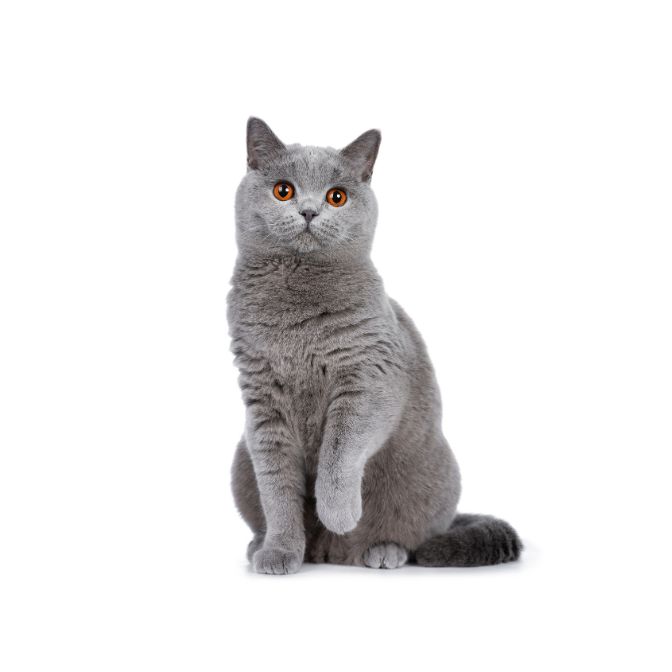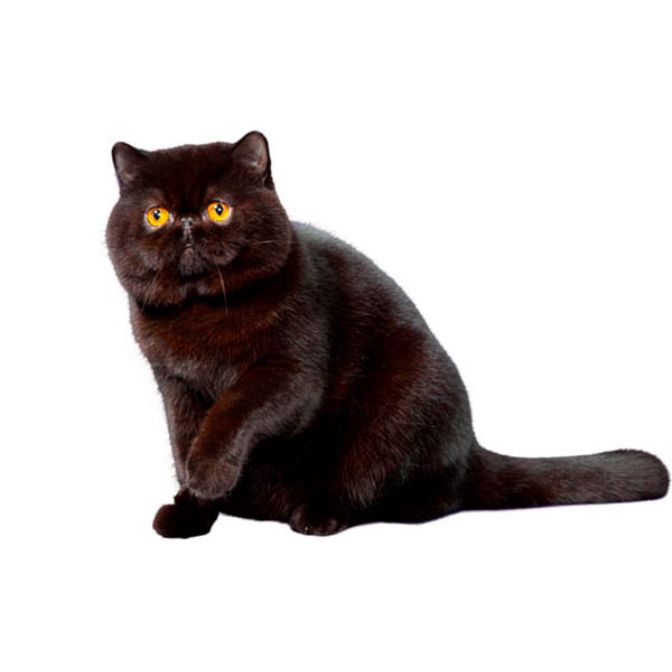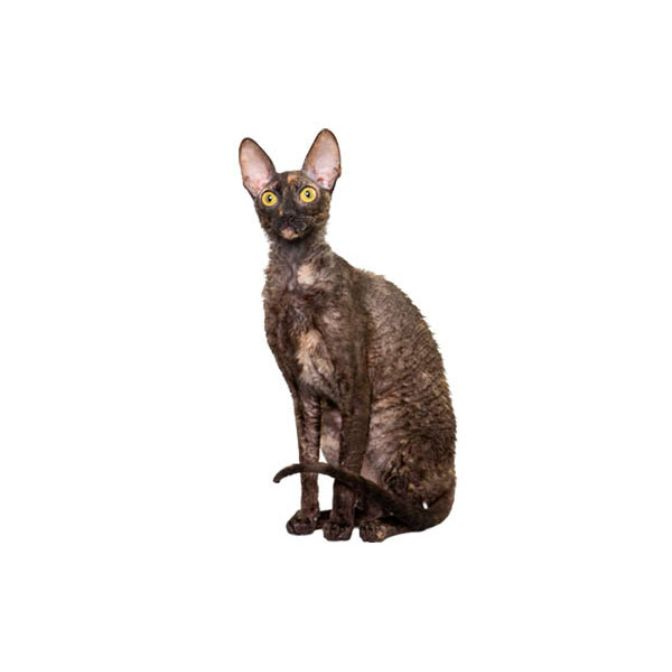Bombay
The Bombay cat is a breed that originated in the United States in the 1950s, created by crossing a Burmese with a domestic black cat. The goal was to develop a breed that resembled a miniature panther, and the Bombay cat quickly gained popularity for its striking appearance and affectionate nature. In Australia, this breed is cherished for its unique look and friendly disposition, making it a great choice for families and individuals alike.
Medium
Short
High
4 to 7 kg
Black
Bombay cats are known for their sociable and playful temperament. They are affectionate, often seeking human companionship and enjoying interactive play. These cats are intelligent and can be trained to perform tricks or walk on a leash. Their friendly nature makes them suitable for households with children and other pets.
Bombay cats are medium-sized with a muscular build, known for their striking appearance. They have a short, glossy coat that is jet black, giving them a sleek and elegant look that appeals to cat lovers. Their round heads, large expressive eyes, and short, straight nose contribute to their distinctive look, making them stand out among other breeds. Bombay kittens are particularly playful and curious, embodying the breed's lively spirit and affectionate nature. This combination of charm, intelligence, and playfulness makes Bombay cats excellent companions for families and individuals alike.
The average lifespan of a Bombay cat ranges from 12 to 16 years, making them a long-lived breed. With proper care, including regular veterinary check-ups, a balanced diet, and adequate exercise, some may even live longer, ensuring a healthy and active life. This breed's resilience and adaptability contribute to its longevity, making it a popular choice among cat lovers seeking a companion that can thrive in various living environments.
While the Bombay breed is primarily known for its solid black coat, some may have a slight chocolate or sable hue, adding to their unique appearance. The coat is short and requires minimal grooming, making it easy to maintain for busy pet owners. This low-maintenance characteristic is perfect for those seeking a clean pet. The Bombay cat's luxurious coat and sleek look contribute to its popularity among cat enthusiasts, making it a desirable choice for families and individuals alike.
Bombay cats are low-shedding, which is a significant advantage for pet owners concerned about allergies or maintaining a clean home environment. Their short, sleek fur requires minimal grooming, making them an ideal choice for busy individuals and families. Regular grooming can help reduce any loose hairs, ensuring a tidy living space. This breed's hypoallergenic qualities and low-maintenance characteristics make them a popular option among cat lovers who prefer clean, affectionate pets.
Overall, Bombay cats are healthy, but like all breeds, they can be prone to certain genetic conditions. Regular veterinary check-ups are essential to monitor their health and prevent potential issues.
A well-balanced diet is crucial for the health of a Bombay cat. High-quality commercial cat food, along with occasional treats, can help maintain their energy levels and overall well-being.
The breed was developed by Nikki Horner in Kentucky, who aimed to create a cat that resembled the black panther. The Bombay cat was officially recognized by cat registries in the 1970s and has since gained popularity worldwide, including in Australia.
Bombay cats are known for their playful antics and love for human interaction. They are often referred to as "miniature panthers" due to their striking appearance. Their affectionate nature makes them ideal companions for pet owners.
